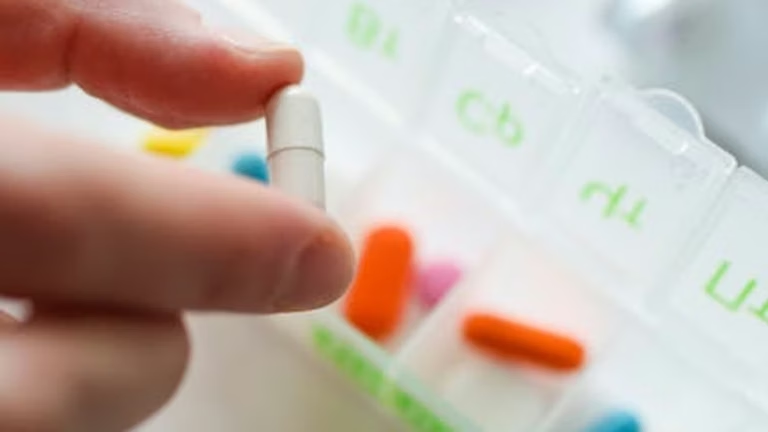Mindfulness for the Modern Age: Digital Detox Strategies for October
In today’s hyper-connected world, it’s easy to feel overwhelmed by the constant influx of information and notifications. Our smartphones, tablets, and computers have become extensions of ourselves, but this constant connectivity can take a toll on our mental and emotional well-being. This October, let’s prioritize mindfulness and explore effective digital detox strategies to reclaim our focus, reduce stress, and enhance our overall quality of life.
The Importance of Mindfulness in a Digital World
Mindfulness is the practice of paying attention to the present moment without judgment. It involves observing your thoughts, feelings, and sensations as they arise, without getting carried away by them. In a world dominated by digital distractions, mindfulness becomes even more crucial for maintaining a sense of balance and inner peace.
The constant stimulation from our devices can lead to:
- Increased stress and anxiety: The fear of missing out (FOMO) and the pressure to stay connected can create significant stress.
- Reduced attention span: Constant multitasking and switching between apps can impair our ability to focus on one task for an extended period.
- Sleep disturbances: The blue light emitted from screens can interfere with our sleep patterns.
- Decreased creativity and productivity: Being constantly bombarded with information can stifle our creativity and hinder our ability to think deeply.
By practicing mindfulness, we can learn to detach from these digital distractions and cultivate a greater sense of awareness and presence in our daily lives.
Digital Detox: What It Is and Why You Need One
A digital detox is a period of time during which you intentionally reduce or abstain from using digital devices, such as smartphones, computers, and social media. It’s an opportunity to disconnect from the digital world and reconnect with yourself, your surroundings, and the people around you.
Here’s why a digital detox can be beneficial:
- Reduced stress and anxiety: Stepping away from the constant stream of notifications and information can significantly reduce stress and anxiety levels.
- Improved sleep quality: Limiting screen time before bed can help regulate your sleep cycle and improve sleep quality.
- Increased focus and productivity: By eliminating digital distractions, you can improve your focus and productivity.
- Enhanced creativity: Disconnecting from the digital world can create space for new ideas and inspiration to emerge.
- Stronger relationships: Spending more time offline allows you to connect more deeply with the people you care about.
Practical Digital Detox Strategies for October
1. Set Realistic Goals
Start small and gradually increase the duration and frequency of your digital detoxes. Don’t try to go cold turkey overnight, as this can be overwhelming and unsustainable. Instead, set realistic goals that you can realistically achieve. For example, you could start by designating one evening a week as a screen-free zone or by taking a 30-minute break from your phone every day.
2. Designate Tech-Free Zones
Create specific areas in your home where digital devices are not allowed. This could include your bedroom, dining room, or living room. This will help you create a more peaceful and relaxing environment.
3. Turn Off Notifications
Constant notifications can be incredibly distracting. Turn off notifications for non-essential apps to reduce the urge to constantly check your phone. You can still check your apps periodically, but you won’t be bombarded with constant interruptions.
4. Schedule Specific Times for Digital Use
Instead of mindlessly scrolling through social media throughout the day, schedule specific times for checking your email, social media, and other digital activities. This will help you regain control over your time and prevent digital distractions from taking over your day.
5. Replace Digital Activities with Other Hobbies
Find alternative activities to fill the time you would normally spend on your phone or computer. This could include reading a book, going for a walk, spending time with loved ones, or pursuing a creative hobby. Consider activities that engage your senses and allow you to be present in the moment, like gardening or cooking.
6. Use Apps to Track and Limit Your Screen Time
Several apps can help you track your screen time and set limits for specific apps. These apps can provide valuable insights into your digital habits and help you stay accountable to your digital detox goals. Examples include Forest, Freedom, and Offtime.
7. Practice Mindful Technology Use
When you do use technology, practice mindful technology use. Be intentional about what you’re doing and why. Avoid mindless scrolling and multitasking. Pay attention to how technology makes you feel. If you notice that a particular app or website is causing you stress or anxiety, consider reducing your use of it.
Embrace the Benefits of a Mindful October
By incorporating these digital detox strategies into your daily life, you can cultivate greater mindfulness, reduce stress, and enhance your overall well-being. This October, take the opportunity to disconnect from the digital world and reconnect with yourself, your loved ones, and the beauty of the present moment. Embrace the power of disconnecting to reconnect and experience the transformative benefits of a more mindful life.






